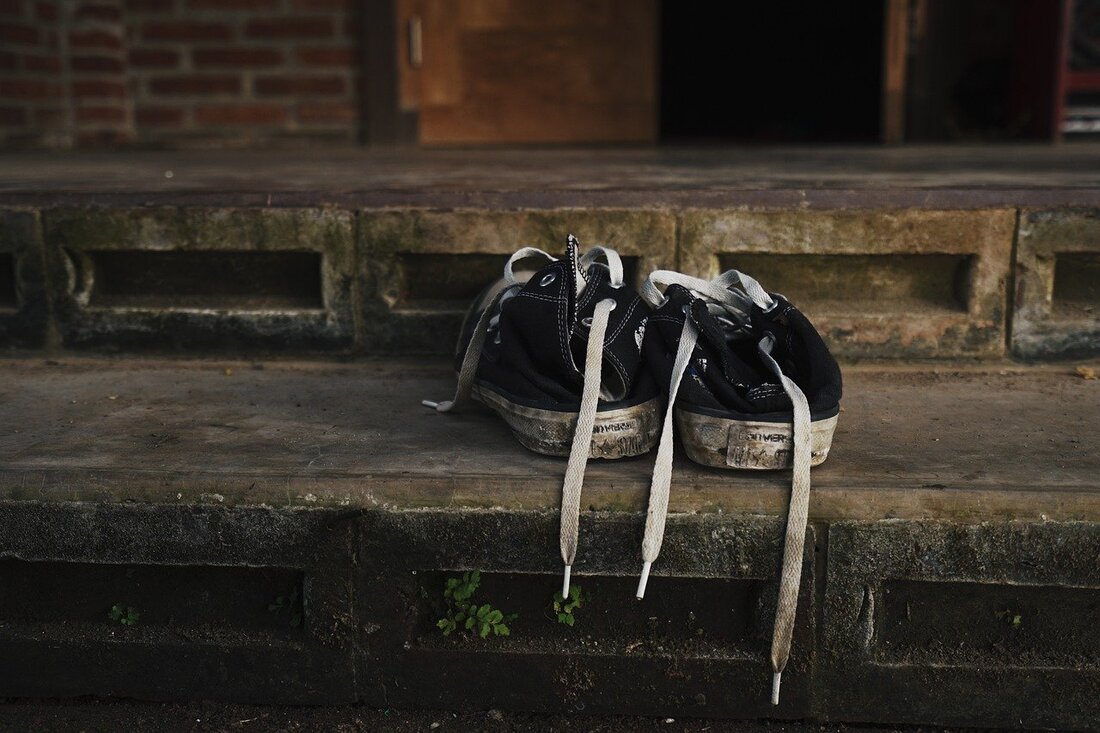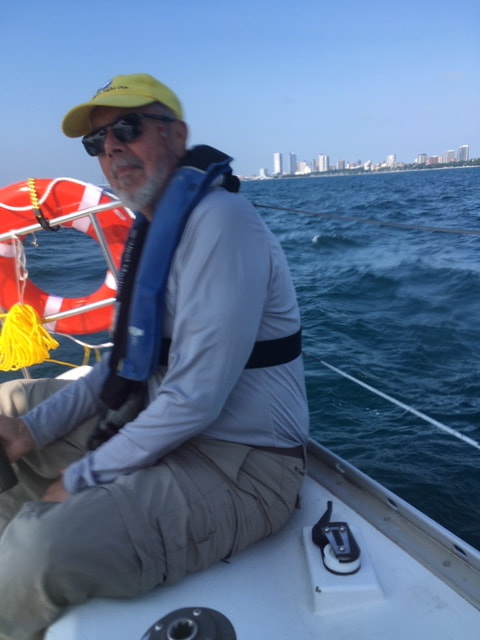How does one reconcile the carnage with the holy? Within the quietude of Quaker faith and practice rests a radical thought: that every day is holy. This is one reason why we don’t celebrate major Christian holidays such as Christmas or Easter. The theology is pretty straight forward and stems from the foundational belief that the spirit of God is found in everyone, without exception. Every day is infused with the presence of the Divine and therefore there is no sense of waiting for the coming of God or seeking the Spirit which may be absent. The spirit of the Divine is present within us. It has always been and it will always be. There is nothing we can do to earn this grace and there is nothing we can do to lose it. God is with us all, now and forever.
I try – and mostly fail – to live my life embracing the Spirit within me and within everyone I know and everything I see. I sometimes imagine myself swimming in the water of the Divine each and every day. Like a fish in a lake surrounded by water, we are all surrounded by God. The Divine is in the air we breathe, in the food we eat, in the ground we walk upon, in the people we meet, in the clouds above and in the cosmos beyond. Seeing the holy in everyday life isn’t about grand gestures. Rather, it is about noticing the wonder of the mundane; rejoicing in the dance of the dust in the sunlight streaming through your bedroom window. It is about noticing the grandeur of a butterfly or the delight of a child at play, or the miracle of a seed transforming into a flower. When we do the laundry or prepare a meal or meet with a friend in need, we are performing an act of worship – channeling Divine Light into the world. And so, if we spend our days immersed in the glory of God, then every day is a holy day. Or is it? I am haunted by the recent images I’ve seen in the Washington Post about the bloody aftermath of the shooting of 19 innocent children and two teachers at the Uvalde Elementary School in Texas on May 24, 2022. The newspaper has taken up the charge of bringing front and center the horror of what actually happens at a mass shooting. For example in classroom 112 at the Uvalde school we learn that the children were huddled together in a corner before they were massacred. One of the pictures in the Post shows the classroom at a distance where you can just make out the blood stained floor at the far upper left of the frame. But then, the next picture takes you up close. The blood is deep and crimson and smeared, and there is a tiny blood stained tennis shoe in the middle of the gore. It is heartbreaking. And then I am reminded of another picture, equally heart wrenching, of a Palestinian mother sitting on the ground, her head down as she is clutching the shroud wrapped body of her child. The child’s limp arm protrudes from the white cloth. And we know that this scene is repeated thousands of times. How does one reconcile the carnage with the holy? Certainly there is goodness and light throughout the world if we only look for it. But, that may be of little solace to the mother mourning her child whom she will never kiss again. Perhaps with some time and distance, these families will return to seeking the light of the Divine. But in the immediacy of it all, I imagine there is only darkness. Maybe the answer to the question of how does one reconcile the carnage with the holy is that we can’t. Maybe all we can do is hold the paradox of light and darkness in our hearts. Holiness does not mean an absence of death, or disease, or greed, or cruelty. Holiness simply means that in the midst of it all there is still the presence of God. It is we who are holy and it is we who must shine the light of the Divine onto the profane. In the words of the eastern mystic Rumi: “If everything around seems dark, look again, you may be the light.”
0 Comments
|
AuthorMike Soika has been a community activist for more than 30 years working on issues of social and economic justice. His work for justice is anchored by his spiritual formation first as a Catholic and now as a Quaker. Pre 2018 Archives
|


 RSS Feed
RSS Feed
